

Dr. Amol Saxena, DPM
Palo Alto Foundation
Medical Group
Dept. of Sports Medicine
3rd Floor, Clark Building
795 El Camino Real
Palo Alto, CA 94301
Office: 650-853-2943
Fax: 650-853-6094
E-Mail
Map | Directions
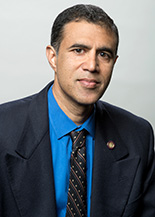
| Turf Toe Injuries |
The term “Turf toe” original was used to describe injuries of the big toe joint US football players sustained on artificial turf in the 1970s. The firmness of artificial turf caused the big toe joint to bend upward beyond it’s normal range. This often occurred when a player was tackled from behind or stepped on another player forcing the toe upward. (Figures 1 & 2) Turf toe can occur in sports not played on turf such as tennis and in gymnastics. In some cases the toe joint is sprained (ligaments stretched), but in other cases the big toe moved so far beyond it’s normal range it would come out of it’s socket and dislocate. Oftentimes this injury resulted in cartilage (joint damage) and could also create a fracture of the bones under the big toe joint known as sesamoid bones.
Athletes who had severe or multiple injuries tended to develop arthritis which is basically loss of the joint space between the bones that make up the big toe joint. Over time, these athletes would develop bone spurs which is the bodies way of protecting the joint from painful motion. This results in loss of big toe motion and is called “hallux limitus” in milder cases and “hallux rigidus” in more severe cases. In some cases, the ensuing bone spurs could break off from continued activity and injury, further ruining the joint. It soon became clear that due to the many structures of the big toe joint, “turf toe” could be a few different types of injuries not just one specific condition or anatomical structure. The primary method of prevention is use of stiffer shoes/cleats and taping (particularly for sports where one is barefoot). (Figure 3)
Treatment of turf toe depends on the degree (severity) of the injury and the specific area injured. Clinical exam to assess the damaged area and joint stability is critical. (Figures 4 & 5) Youth athletes should be carefully examined because their bones are softer, and growth plates can be broken or damaged, resulting in fractures. These individuals are at risk for premature arthritis. X-rays are typically ordered. A MRI or CAT scan may be helpful as well. Mild sprains usually need some relative rest, ice and stiffer shoes and/or insoles. Often times a specific foot insert (orthosis) or turf toe insole is used to help an athlete return to play. These keep the big toe from bending too much. (Figures 6 &7) Sometimes a cleat is directly under a sesamoid; removing it can be helpful. Moderate cases usually need a boot as well as non-weightbearing. Dislocations which involve joint damage, complete dislocation or sesamoid fractures can be season ending and may require surgery. Patients who have turf toe injuries should keep track of their symptoms and loss of motion in the long-term, beyond their competitive career to make sure they are not developing significant arthritis. Sometimes surgery is needed and certain procedures for this arthritic condition of the big toe as a result of turf toe do allow patients to return to sports in most cases.
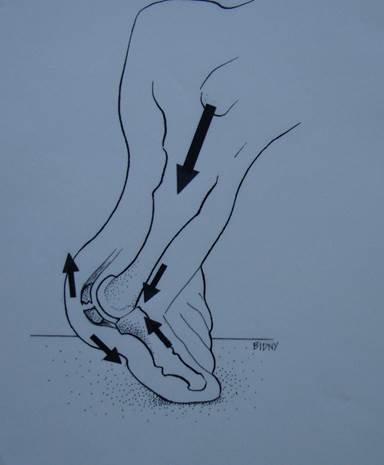
Figure 1

Figure 2
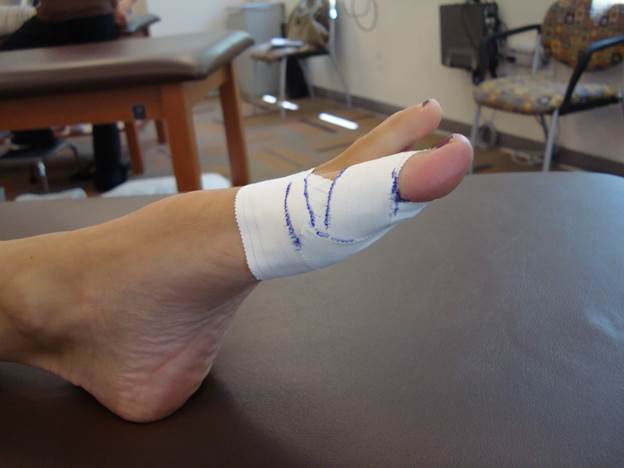
Figure 3
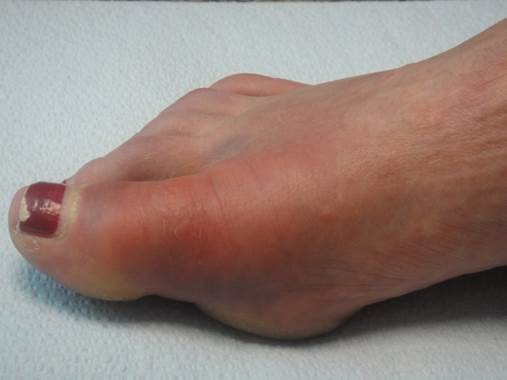
Figure 4
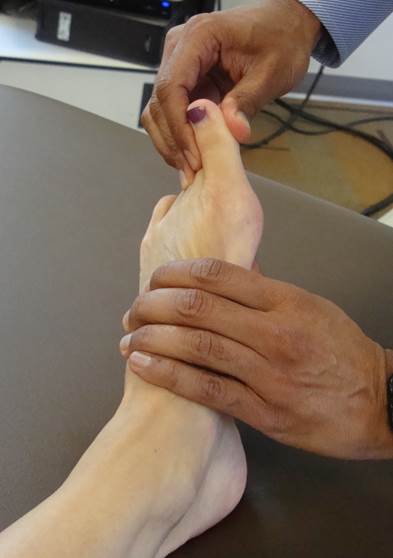
Figure 5
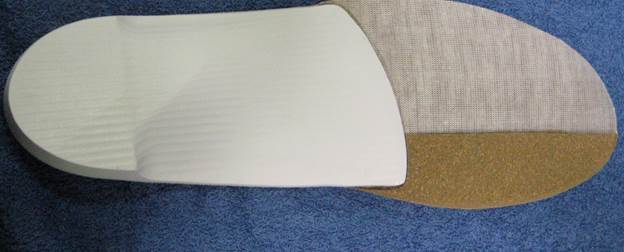
Figure 6
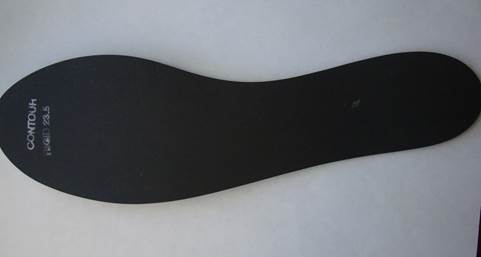
Figure 7
Home | About Dr. Saxena | Articles | Appointments | Shoe List | Orthoses
Medial Distal Tibial Syndrome (Shin Splints) | Sever's Disease/Calcaneal Apophysitis
Ankle Sprains & Calf Strains | Injury Prevention | Heel Pain | Achilles Heel | Ankle Stretching, Rehabilitation & Taping
Return to Sports After Injury | Cycling | Marathons | Videos | Recommended Books | Links
Friends & Patients | Legal Notice | Privacy Statement | Site Map
Copyright © Amol Saxena, DPM - Sports Medicine & Surgery of the Foot & Ankle
Web Site Design, Hosting & Maintenance By Catalyst Marketing Innovations, LLC/ Worry Free Websites



